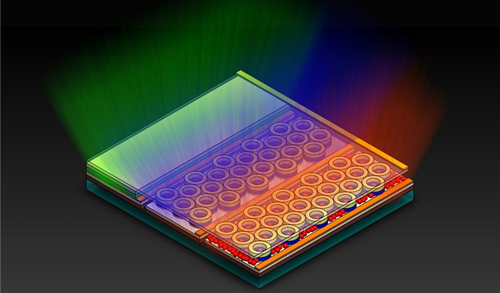Hybrid integration by adding a layer (s) (nano-electro-optical) to applied optical materials (PhD nano-microelectronics)
Researcher and author: Dr. ( Afshin Rashid)
Note: Optimizing the architecture of multi-element optical circuits and traditional multi-technologies is possible using the unique optical behavior of nano-optics. Brought.
Spatial integration can be accomplished by organizing different optical functions in an array structure by repeating the nano pattern. Combined integration is achieved by adding a layer (s) of optical nanoparticles to applied optical materials.
In nano-optical circuits used in consumer electronics, communications and security applications, nano-optical devices offer significant advantages due to their new behavior, small size, ease of integration and low overall costs. Through these features, nano-optics offer compelling alternatives to conventional bulk optical solutions, offering performance and shape factors that conventional optics cannot match . The unique optical properties of nano-optical devices result from the proper modeling of nanoscale materials with structures whose critical dimensions are several times less than the optical wavelength in which they operate, resulting in highly modified optical materials. Creates useful. Optical nano-electrical devices is a very valuable class of nanoelectronics technology that combines the unique interaction of light with sub-wavelengths, nanoscale pattern materials, and nanotechnology manufacturing methods to create an optical device. Uses production platform.
Conclusion :
Optimization of the architecture of multi-element optical circuits and traditional traditional technologies is possible using the unique optical behavior of nano-optics.
Researcher and author: Dr. ( Afshin Rashid)
PhD in Nano-Microelectronics




